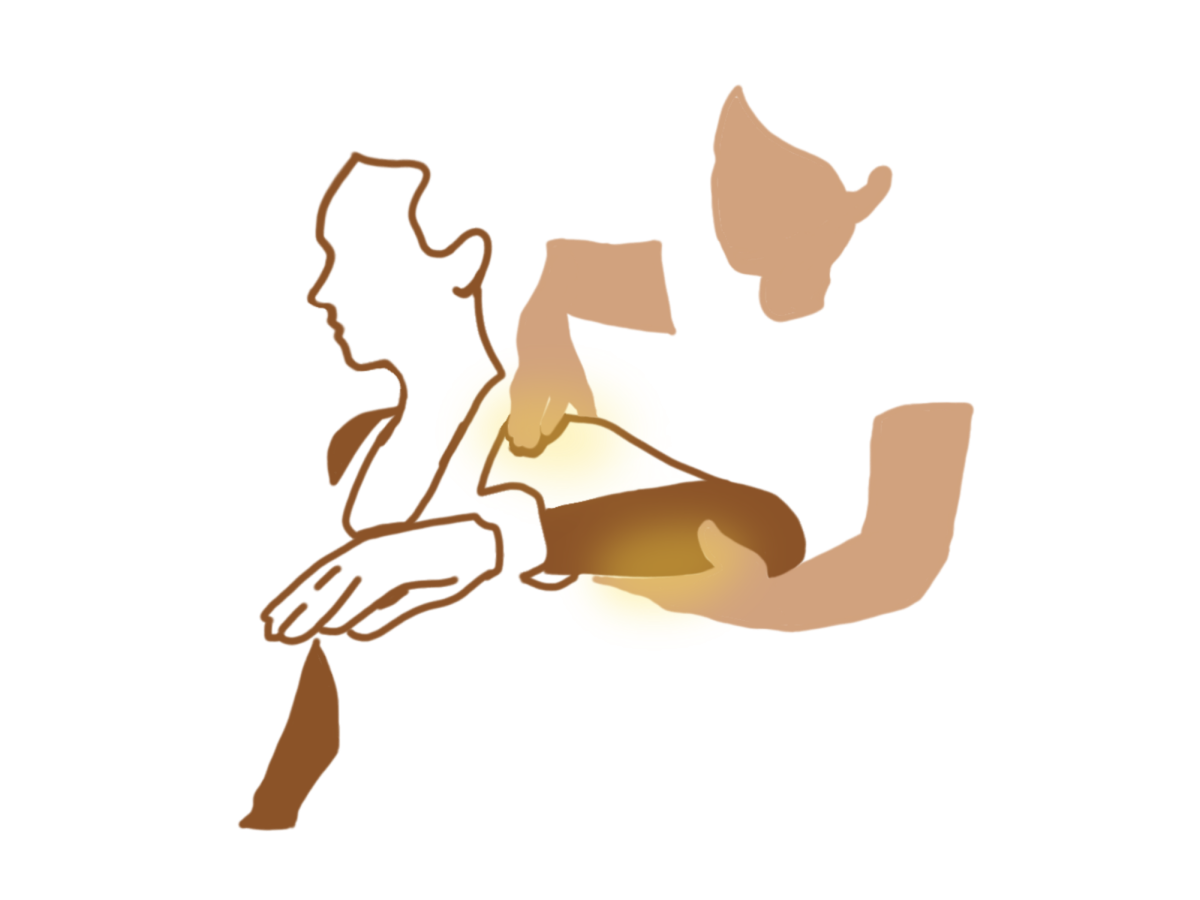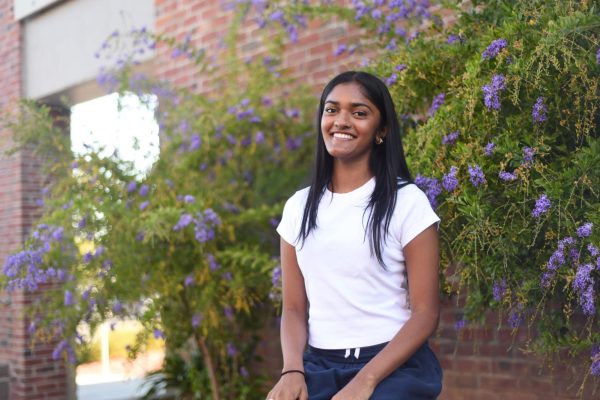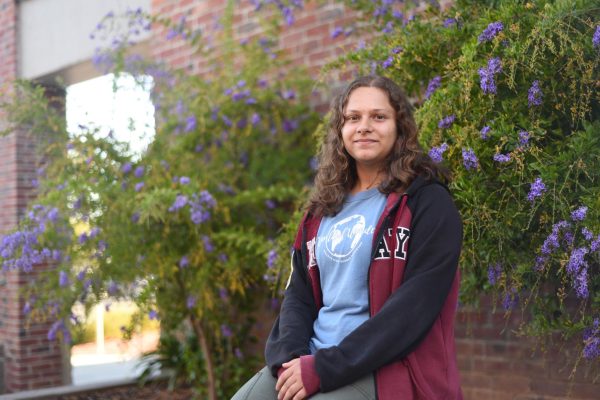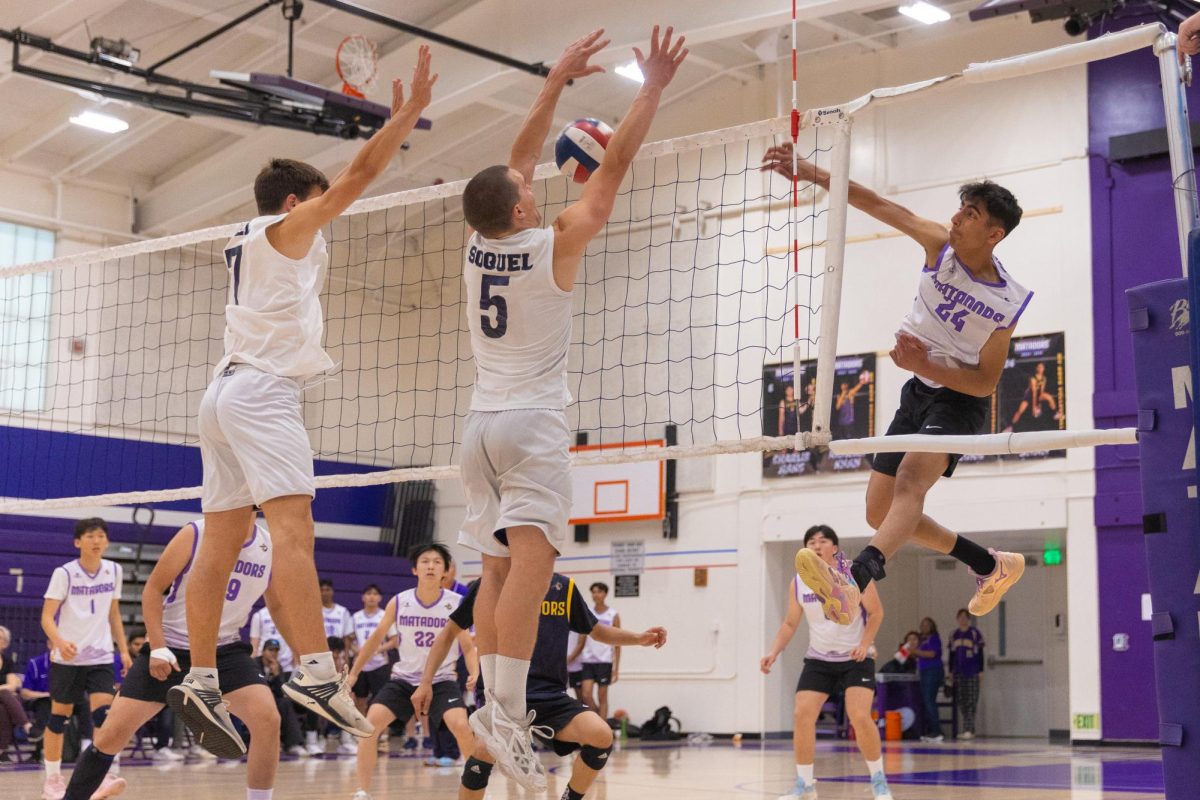During an MVHS Varsity Girls Basketball summer league game on July 1, 2023, senior and shooting guard Vivian Ong sprinted down the court to defend an opponent trying to make a fast break. When the opponent went in for a layup, Ong blocked the shot — however, she reached a bit too far, dislocating her shoulder.
“The only way I could play without surgery was to get physical therapy,” Ong said. “After I injured my shoulder, my range of motion was super bad and I couldn’t even raise my hand over my head. I wanted to play, but I couldn’t get surgery because the recovery would be too long, so physical therapy was the only solution.”
In order for athletes to start playing after an injury, athletic trainer and health clerk Myesha Taylor leads student athletes through a facilitated healing process. Taylor emphasizes that physical therapy is crucial for a quick recovery, especially for student athletes who have limited time in a season and feel the pressure to get back into good condition.
“When you’re an athlete, your goal is to be able to play your chosen sport,” Taylor said. “Parents don’t want to have to take their kids to the doctor every day, so me being here not only helps the athlete, but it actually helps the parents and the coaches as well, because we all want to see students succeed.”
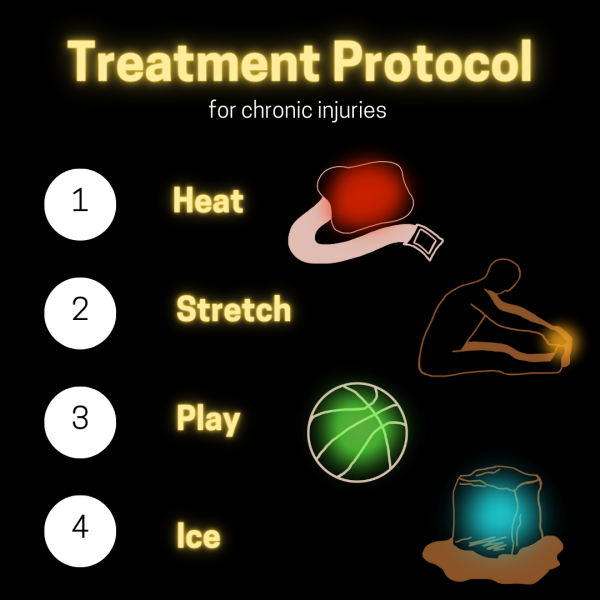
Sophomore Rahil Kanuga, who plays volleyball and football, went to Taylor to receive physical therapy for his injured shoulder. Giving a rundown of a typical session, he describes doing various exercises such as weightlifting and working with resistance bands under Taylor’s guidance. Kanuga says the experience was good overall and helped him regain strength and mobility, although it didn’t fully fix his injury.
Taylor acknowledges that physical therapy is not always a cure-all process, especially with the added complications from having to work within the limitations of a younger body. Unlike with adults, Taylor says that she can’t use certain treatments or applications like ultrasounds on student athletes due to their growing and developing body. In this case, she says that the goal of physical therapy is to minimize pain for the student athlete.
From Ong’s perspective, the goal of physical therapy is to get to a stronger state in order to prevent similar injuries from happening again.
“Physical therapy is building towards your goal of playing again,” Ong said. “And I think that’s really motivating especially for me. But I think it’s really dependent on how much you want it. Like for me, sometimes I just got too lazy to do it and then I would just be like, ‘Oh yeah, I can take this day off’ and then I ended up taking a lot of days off.”
Kanuga relates to Ong’s experience, sharing that physical therapy takes time and dedication that not all student athletes can manage on top of their other responsibilities. He describes his own difficulty juggling academics and physical therapy commitments after his injury.
“Last year when I was doing physical therapy outside of school, I would have to skip a few classes sometimes to go to my physical therapy appointments, then I would have to make up all that work,” Kanuga said. “Personally, I didn’t mind because I was recovering from my injury, but I feel like some people wouldn’t like that.”
Taylor says she is understanding of student athletes’ other commitments which may interfere with their physical therapy. She notes that her sessions usually take place after school, at times when students may be focusing on schoolwork, and that it is not unusual for students she is treating to opt not to come in for physical therapy due to academics.
“If you have a big test, don’t come to the training room,” Taylor said. “Education is number one, and I want the students to succeed academically because the chances of them becoming a professional athlete is the top 1% of athletes, which does not include most students. But I understand that students do want to play their sport well, so it’s up to the student to prioritize. Like, yes, I know you need to heal but if you have finals, stay home. You know what to do. That’s why I always teach students how to do things at home. And when you have time, come in.”
While Ong didn’t experience the same interference from academics as Kanuga, she still appreciates that it got her back on the court quickly. She added the important role it has played in her high school sports experience.
“Physical therapy let me play my senior season, which was really important to me,” Ong said. “Without physical therapy I would’ve felt way less confident that my shoulder was going to stay in. With it, I was way more comfortable, which is good because if you play scared, it affects your whole game.”
Taylor also highlights the crucial part physical therapy can play for student athletes, and says she takes her role as athletic trainer seriously. She hopes that the student athletes she treats will be able to take away valuable lessons from the sessions.
“Hopefully they learn how to take care of their bodies,” Taylor said. “That’s the ultimate goal. While I’m working, I tell them what you need to do so this doesn’t happen again. And I try to reiterate it every time they come in. I need to help them along the way and just say it enough times that they will remember.”




